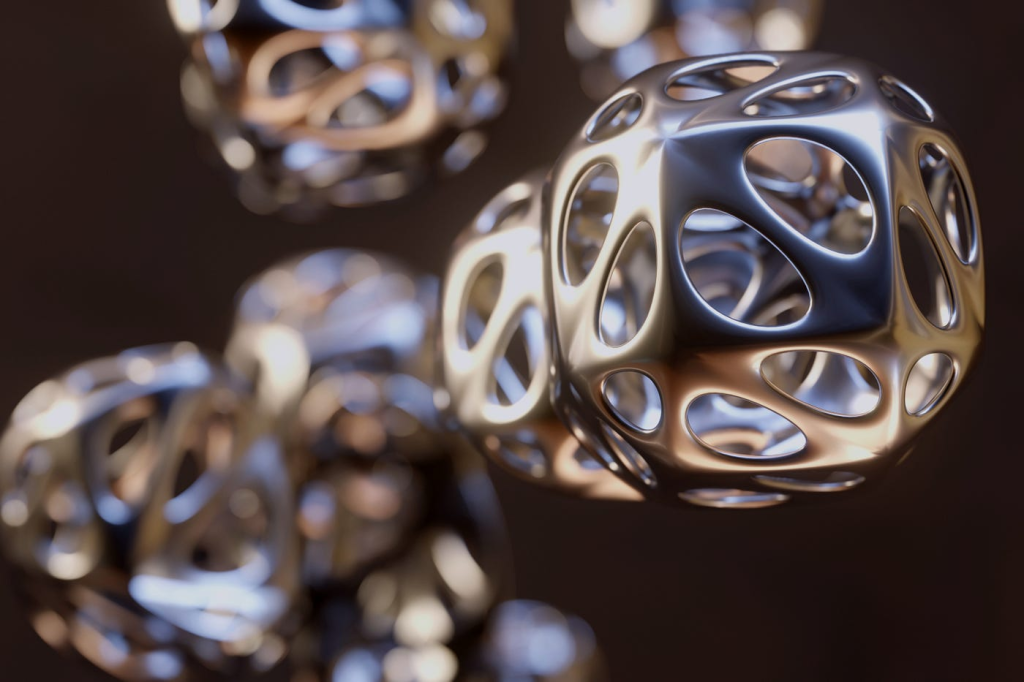Seeing is Believing: Mastering Image Classification with Python

Photo by Steve Johnson on Unsplash
Image Classification with Python
Image classification is a widely used technique in computer vision that involves categorizing images into one or more classes based on their visual features. It has many practical applications in fields such as object recognition, face detection, and autonomous vehicles. In this article, we will explore how to perform image classification using Python.
What is Image Classification?
Image classification is the process of assigning a label to an image based on its visual content. It involves analyzing the image’s features, such as color, texture, and shape, and using these features to predict the image’s class. The classes may be predefined, such as dog or cat, or they may be learned from the data using techniques such as clustering.
Image Classification Techniques
There are many techniques available for performing image classification, including:
- Feature extraction: This involves extracting features from the image, such as color histograms or texture descriptors, and using these features to train a machine learning model.
- Convolutional neural networks (CNNs): This involves using deep learning algorithms, such as CNNs, to automatically learn features from the image data.
- Transfer learning: This involves using pre-trained models, such as those developed for ImageNet, and fine-tuning them for specific image classification tasks.
Image Classification with Python Libraries
Python provides a wide range of tools for performing image classification. Some of the most commonly used Python libraries for image classification include:
- NumPy: A library for numerical computing that provides support for working with arrays and matrices.
- OpenCV: A library for computer vision that provides support for image processing and feature extraction.
- TensorFlow: A library for deep learning that provides support for building and training neural networks.
- Keras: A high-level API for building deep learning models that runs on top of TensorFlow.
Image Classification Example
To illustrate how to perform image classification with Python, let’s consider an example using the CIFAR-10 dataset. We will use the following steps:
- Load the data into a NumPy array.
- Preprocess the data by scaling the pixel values and one-hot encoding the labels.
- Build a convolutional neural network using Keras.
- Train the model on the data.
- Evaluate the model’s performance on a test set.
import numpy as np from keras.datasets import cifar10 from keras.utils import to_categorical from keras.models import Sequential from keras.layers import Conv2D, MaxPooling2D, Flatten, Dense# Load the data into a NumPy array (X_train, y_train), (X_test, y_test) = cifar10.load_data()# Preprocess the data by scaling the pixel values and one-hot encoding the labels X_train = X_train.astype(‘float32’) / 255 X_test = X_test.astype(‘float32′) / 255 y_train = to_categorical(y_train) y_test = to_categorical(y_test)# Build a convolutional neural network using Keras model = Sequential() model.add(Conv2D(32, (3, 3), activation=’relu’, input_shape=(32, 32, 3))) model.add(MaxPooling2D((2, 2))) model.add(Conv2D(64, (3, 3), activation=’relu’)) model.add(MaxPooling2D((2, 2))) model.add(Conv2D(64, (3, 3), activation=’relu’)) model.add(Flatten()) model.add(Dense(64, activation=’relu’)) model.add(Dense(10, activation=’softmax’))# Train the model on the data model.compile(optimizer=’adam’, loss=’categorical_crossentropy’, metrics=[‘accuracy’]) model.fit(X_train, y_train, epochs=10, batch_size=64)# Evaluate the model’s performance on a test set score = model.evaluate(X_test, y_test, verbose=0) print(‘Test loss:’, score[0]) print(‘Test accuracy:’, score[1])
## Future Developments
As the field of computer vision continues to evolve, there are several future developments that we can expect to see in the coming years, including:
– Better algorithms for image classification: With the rapid development of deep learning algorithms, we can expect to see more accurate and efficient algorithms for image classification.
– Improved techniques for transfer learning: Transfer learning has shown great promise in image classification, and we can expect to see more advanced techniques for transfer learning in the future.
– Greater emphasis on interpretability: As deep learning models become more complex, there will be greater emphasis on developing methods for interpreting the results of image classification in a way that is understandable to users.
– Integration with other AI technologies: Image classification will increasingly be integrated with other AI technologies, such as natural language processing and robotics, to create more sophisticated AI systems.
In conclusion, image classification is a powerful technique that has many practical applications in computer vision. By using Python and libraries such as NumPy, OpenCV, TensorFlow, and Keras, we can perform image classification tasks with ease. As the field of computer vision continues to evolve, we can expect to see many exciting developments in the coming years, including better algorithms for image classification, improved techniques for transfer learning, and greater emphasis on interpretability and integration with other AI technologies.